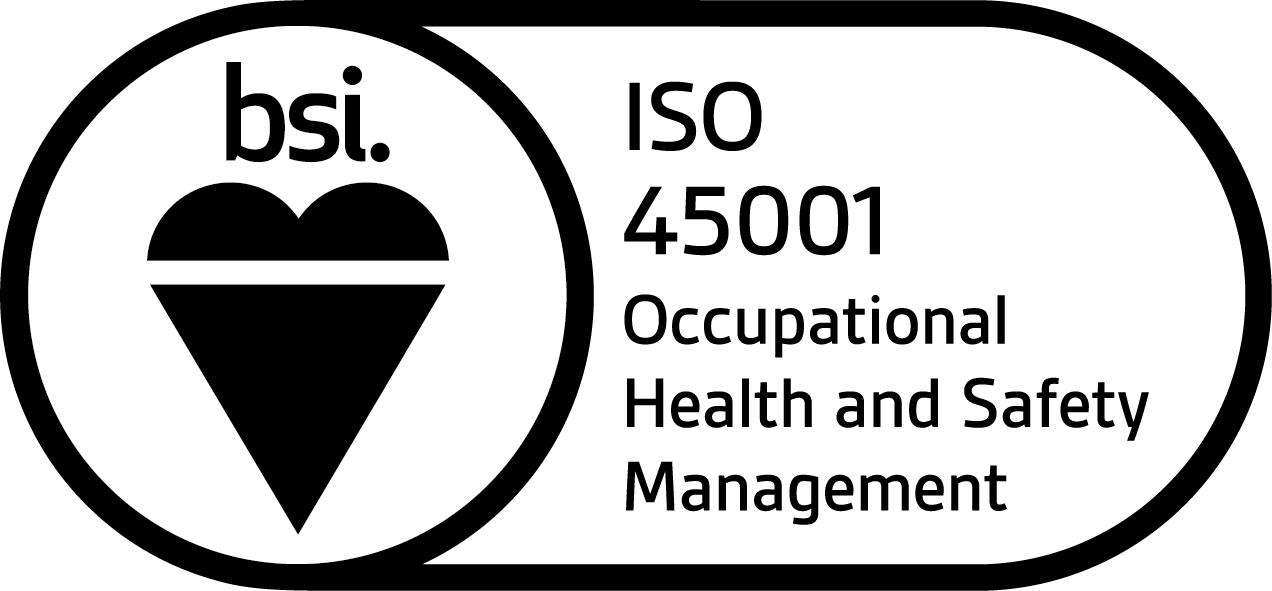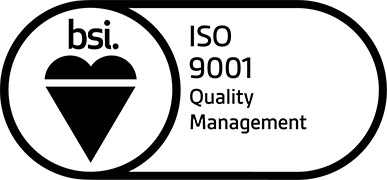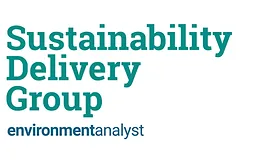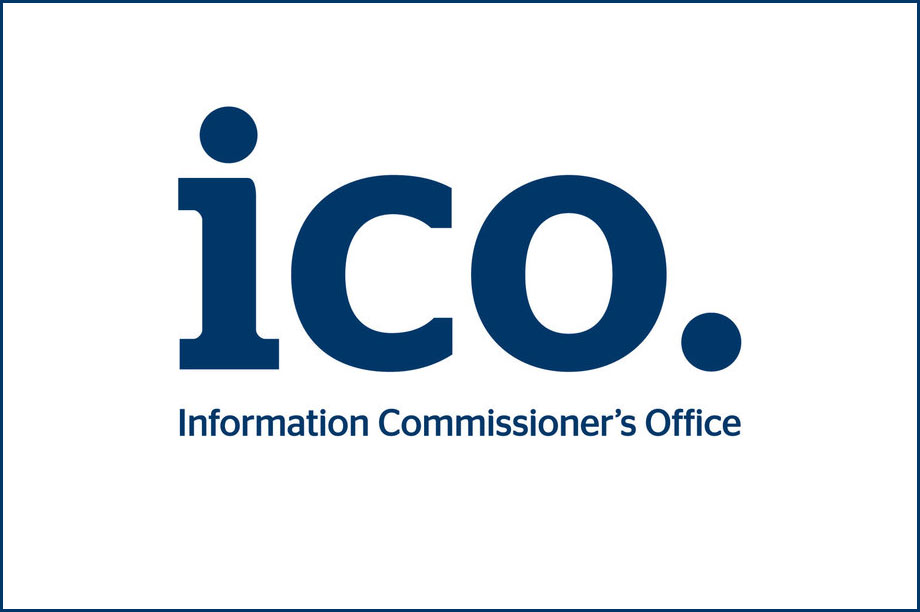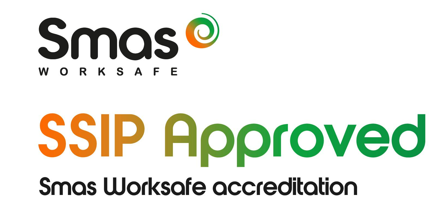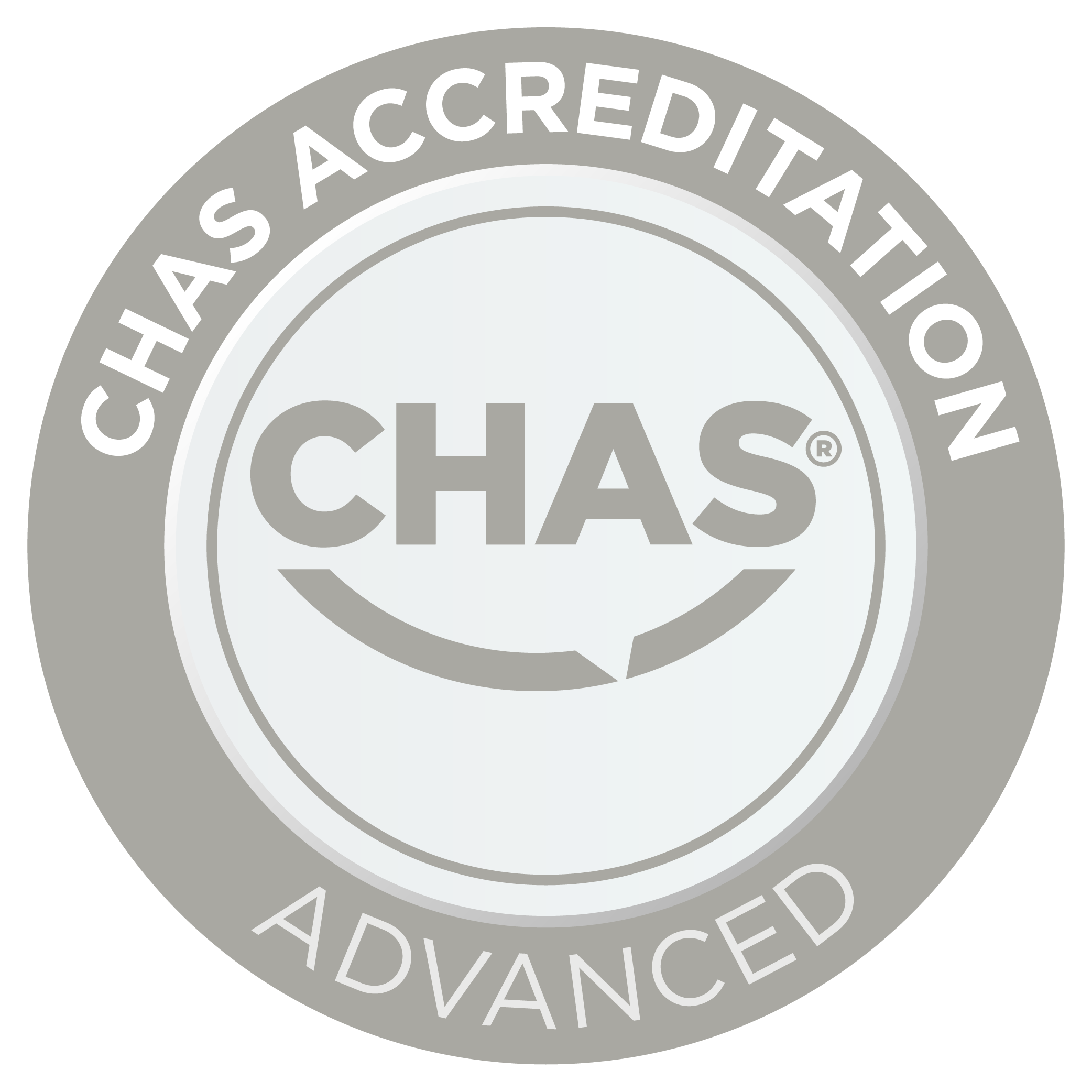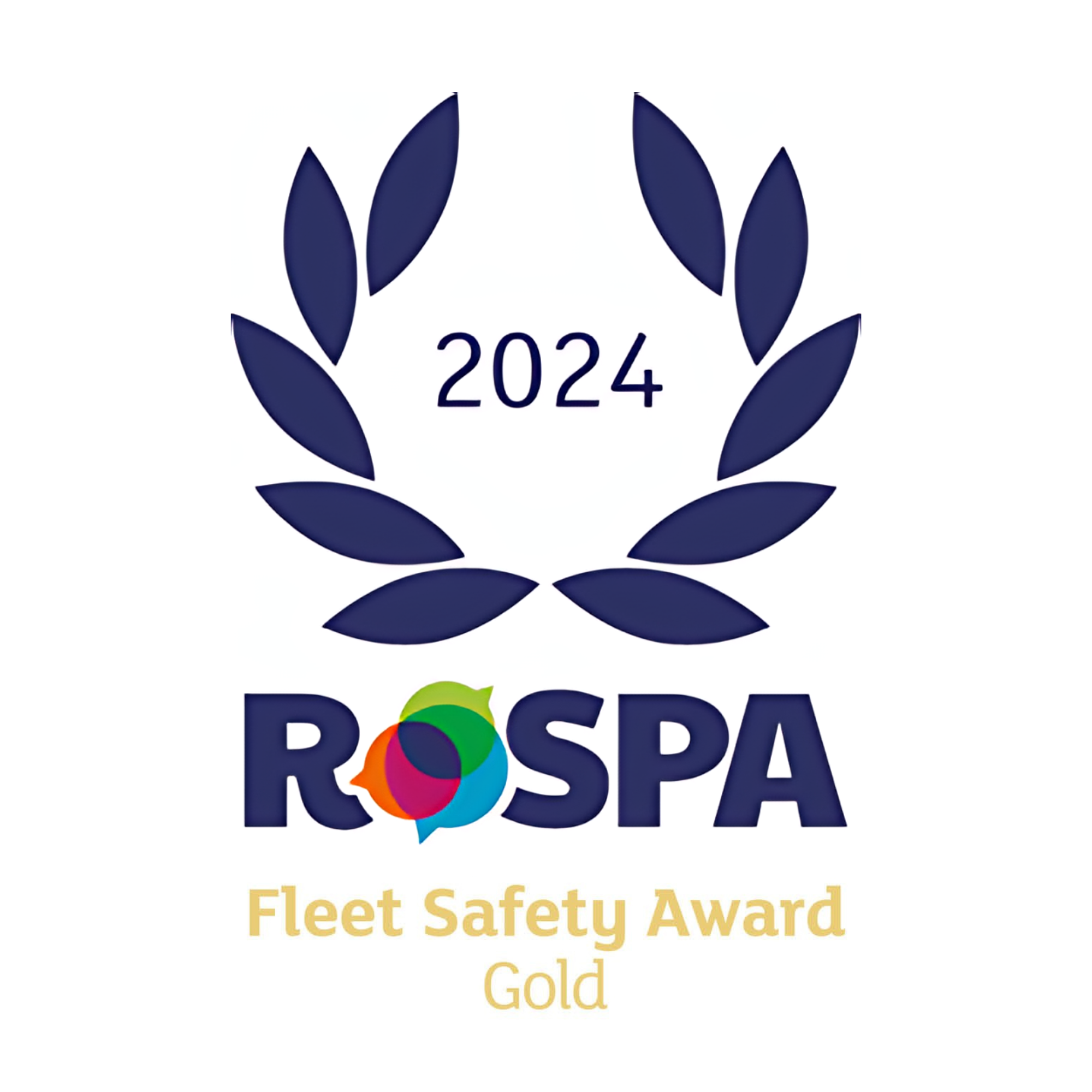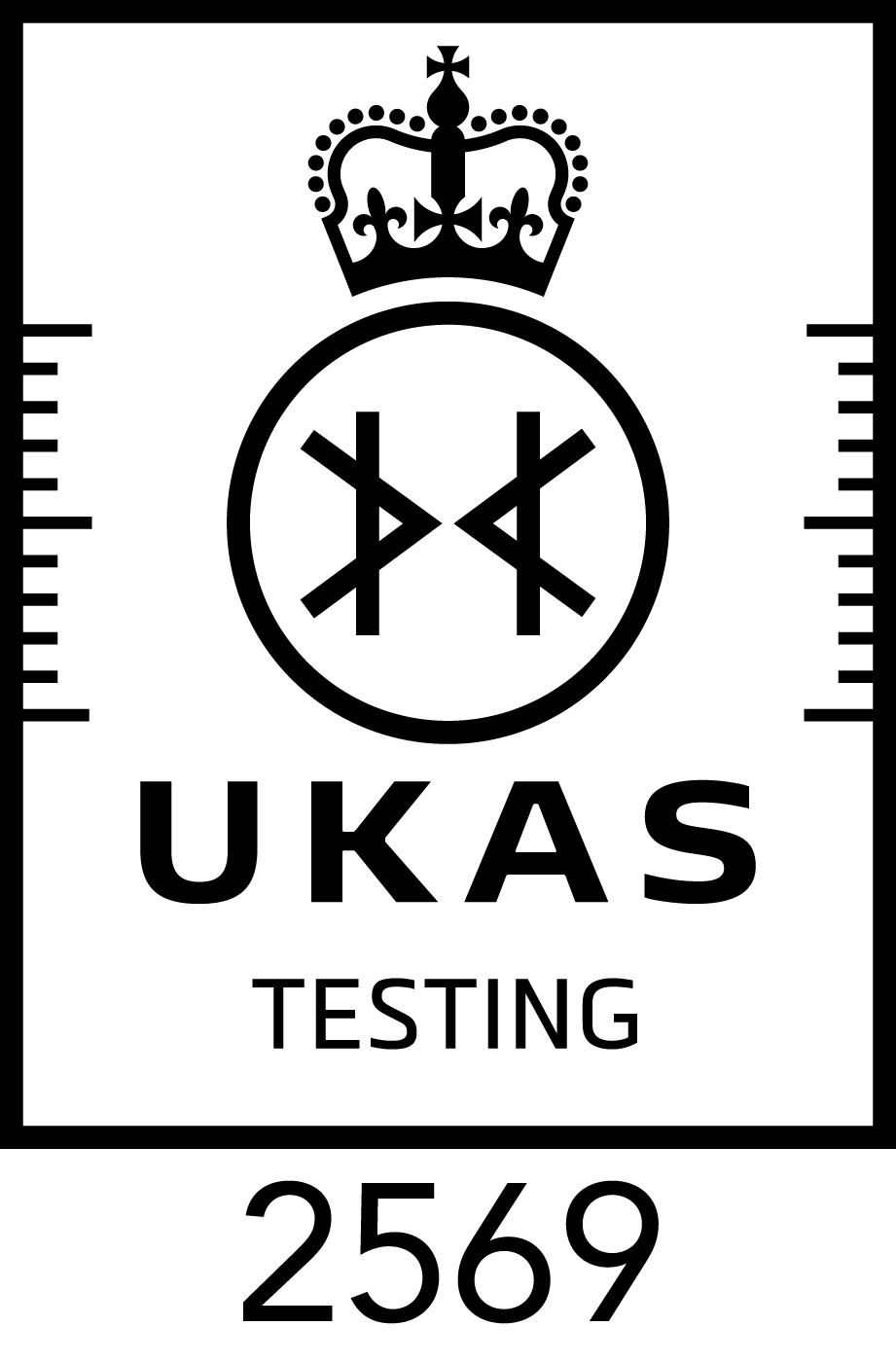Protecting people and planet
Protecting people and planet
Protecting people and planet
Protecting people and planet
Protecting people and planet
Land contamination and remediation

Lucion Group
22nd June, 2018
Whilst land contamination can have a negative impact, re-development of contaminated land, if approached correctly, can present commercial opportunities and, on a wider level, aids regeneration of our urban spaces and helps to reduce the pressure on the development of greenfield land. Robust and timely assessment of ground contamination issues prevents avoidable delays and costs to development projects, and enables appropriate remediation of contaminated soils and/or groundwater, thus reducing environmental liabilities, increasing asset values and facilitating re-development of land otherwise liable to long-term dereliction.
Introduction
It is estimated that up to 200,000 hectares of land in the UK is affected by contamination,1 yet it continues to remain an issue that is overlooked or, at best, misunderstood. Such contamination can
lead to potential human health issues, polluted water resources, damage to buildings and potentially millions of pounds’ worth of remediation for responsible parties. Uncertainties surrounding the actual level of risk associated with contamination can result in reluctance to redevelop such land, in turn resulting in long-term dereliction and increased pressure to develop greenfield land.
With an increased emphasis on meeting the current housing shortage via the redevelopment of brownfield land, it is essential to identify potential development constraints arising from land contamination at an early stage. This ensures that development sites are suitable and safe for their proposed end use and that costly delays to projects are avoided.
Remediation of potentially contaminated sites may be driven by regulatory intervention, although it can also be seen as a potential opportunity (subject to initial land values reflecting potential clean-up costs) for those less risk-averse developers.
 How does land contamination occur?
How does land contamination occur?
Contamination of soil and/or the underlying groundwater regime typically arises through historical or contemporary land uses, especially those of an industrial nature characterised by the storage and/or use of potentially polluting substances.
Contamination arises most commonly from leaks and spillages, disposal of residues or wastes from industrial processes or from disposal of excess raw materials. It may also result from one or more of the following:
- Deliberate application of chemicals, such as the use of herbicides and pesticides;
- Demolition of buildings, resulting in impact to the underlying ground from substances such as asbestos;
- Authorised or unauthorised disposal of waste materials, including substances migrating from adjoining waste disposal sites, such as landfill gas;
- Naturally occurring substances, typically heavy metals and ground gases, that occur in the environment at levels above those than can be reasonably considered as ‘safe’.
The UK approach to assessing land contamination
There are several reasons for considering land contamination, including:
- Its effect upon asset values and/or development costs;
- Statutory and third-party liability arising from soil or groundwater contamination;
- Regulatory compliance;
- Delays to project timescales arising from unexpected development constraints associated with contamination;
- Reputational risks to those associated with contaminated sites, eg former owners, housing developers etc.
Two key regulatory drivers to the assessment of contamination in the UK are:
- The planning regime, whereby the onus is on a developer to demonstrate that a particular site is suitable for the intended development end use. This is typically brought about by way of planning conditions requiring the assessment and, if necessary, remediation of any potential contamination as part of site redevelopment;
- The statutory contaminated land regime2 whereby assessment and remediation of ground/groundwater contamination is driven by regulatory enforcement to achieve suitable cleanup of a site.
 In considering land affected by contamination (whether of the underlying soils and/or groundwater), two key questions come in to play:
In considering land affected by contamination (whether of the underlying soils and/or groundwater), two key questions come in to play:
- Does the contamination matter in the context of the current or proposed use? And, if so:
- What needs to be done about it?
The answer to both questions is driven in part by when contamination of the ground/groundwater took place. For ‘new’ contamination, the accepted principle, and one which underpins those regulatory regimes aimed at controlling potentially polluting industrial activities, is the avoidance of detrimental environmental impact. When dealing with historical contamination, the opportunity to avoid such impact has already passed and, in such circumstances, the amount of contamination present is a significant factor in what is to be done next. Nevertheless, this does not provide the whole answer; it is also necessary to consider to what extent the substances present may harm human health or the wider environment (including damage to buildings). This introduces the concept of environmental risk, and whether such risk is unacceptable.
Technical constraints, together with potentially significant costs for clean-up of contamination, means that it is not always feasible nor realistic to consider complete clean-up of historical contamination. The overall approach adopted in the UK is therefore one of risk management. In the context of land contamination, there are three essential elements, all of which must be present for a potential risk to be realised:
- A source of contamination (in soils, groundwater or surface waters);
- A receptor that could be adversely affected by a contaminant; and
- A pathway or route by which a receptor can be exposed to, or affected by, a contaminant

The combination of these three elements (source-pathway-receptor) describes a ‘pollutant linkage’; without any one of these elements, there is no pollutant linkage and no resulting risk, ie the presence of a contaminant is not, it itself, sufficient to pose a potential risk.
An integral part of any contaminated land assessment is the formulation of a Conceptual Site Model (CSM) that presents all identified potential pollutant linkages. The overarching document with regard to assessing risks from contamination in the UK is provided in the DEFRA/Environment Agency publication CLR 11.3 This sets out a staged approach to the assessment and, if required, remediation of contamination as follows:
- Risk assessment: Including development of a preliminary conceptual site model, a preliminary qualitative assessment of risk and, where this indicates potential risks to be present, a quantitative assessment based upon actual contaminant concentrations and numerical assessment criteria;
- Options appraisal: To identify feasible remediation options and which single/combination of techniques best mitigate the identified risks;
- Remediation strategy: To successfully mitigate all identified potential risks, including appropriate verification that the agreed remediation strategy has been successfully implemented.
This process can be exited at any stage, depending upon the data collected.
Risk assessment
The risk assessment process broadly comprises two distinct stages:
- Preliminary risk assessment: Comprising a desk study review of various data sources to facilitate the development of a preliminary conceptual site model, identification of plausible pollutant linkages and a qualitative assessment of risk. For ‘lower risk’ sites, such as previously greenfield land with no previous history of potentially polluting activities, this may be all that is required, and it may be possible to decide that remediation is unlikely to be required on this basis;
- Quantitative risk assessment: Where the preliminary risk assessment indicates a potential for concern, further site assessment by way of intrusive investigation (including sampling of soils, waters and ground gases) is likely to be required. The findings of such an investigation support a more detailed, quantitative, assessment of risk, typically via the comparison of contaminant concentrations against assessment criteria appropriate to the proposed end use, with more conservative (stringent) assessment criteria reflecting higher sensitivity end uses such as residential housing than those used for a commercial or industrial development scenario. In the event that such assessment criteria are exceeded, it does not automatically follow that site remediation will be required (although this may be evident by the magnitude of the exceedance), merely that further site assessment may be required. This may take the form of additional site investigation and/or more detailed risk modelling to inform a decision as to whether or not some form of remediation is required to mitigate unacceptable levels of risk.
Options appraisal
 Once a decision has been reached that the level of risk justifies some form of remediation, the next stage is to decide which remedial technique, or combination of techniques, is best suited to mitigate such risks for the site as a whole. The purpose of an options appraisal is therefore to focus on those pollutant linkages that have been demonstrated by the risk assessment process to represent an unacceptable level of risk (these are typically referred to as ‘relevant pollutant linkages’). The three main stages of the options appraisal process are:
Once a decision has been reached that the level of risk justifies some form of remediation, the next stage is to decide which remedial technique, or combination of techniques, is best suited to mitigate such risks for the site as a whole. The purpose of an options appraisal is therefore to focus on those pollutant linkages that have been demonstrated by the risk assessment process to represent an unacceptable level of risk (these are typically referred to as ‘relevant pollutant linkages’). The three main stages of the options appraisal process are:
- Identifying feasible remediation options for each relevant pollutant linkage (this may be relatively straightforward for sites where only one relevant pollutant linkage has been identified);
- Undertaking a detailed evaluation of each remedial option to identify the most appropriate option or options considering a range of technical and operational factors including, inter alia, technical effectiveness, practicality of implementing, cost and time constraints and durability; and
- Formulating a remediation strategy that addresses all identified relevant pollutant linkages.
Remediation strategy
The clean-up of historically contaminated sites is typically driven by either the statutory contaminated land regime (ie regulatory intervention under Part 2A of the Environmental Protection Act4) or the UK planning regime (with the assessment of potential ground contamination a material planning consideration). The former focuses on driving remediation of those sites where the identified contamination is considered to pose a significant risk as part of the site’s current use. By contrast, under the planning regime the focus is on clean-up to ensure the site is then suitable for its proposed end use with ‘minimal risk’ (where, as a minimum, there should be little likelihood of the site being determined as ‘contaminated land’ under the Part 2A regime).
All potential remediation techniques, whether implemented under the Part 2A or planning regimes, focus upon breaking those relevant pollutant linkages identified at the risk assessment stage. This can be achieved in one or more ways, as follows:
- Remove/treat the source, such as by digging it out and disposing off-site, or by treating it so it becomes less harmful and retaining on site;
- Break the pathway, such by way of encapsulation of contamination under hardstanding or a layer of ‘clean’ soils, or incorporation of gas membranes into the construction of new buildings;
- Remove the receptor, such as by fencing off a site (or areas of a site) to prevent exposure to a contaminant.
Each approach has its own merits and drawbacks:
Source treatment/removal: Provides stakeholder confidence by removing the contaminant from the site, but can often be prohibitively expensive (eg ‘dig and dump’ with associated landfill disposal
costs), particularly if the material in question requires management as Hazardous Waste. Mobilisation costs for treatment plant can be significant, and may not be economic where the volumes of material requiring treatment are small. Technical or operational challenges such as site access or available space for soil treatment may be a key driver in the remedial options ultimately selected, particularly for inner city sites not well served by the surrounding road network or for smaller development sites where allocating areas for soil treatment may impact upon the build programme. Excavation and handling of contaminated soils may also be problematic, particularly on sites with sensitive surrounding land uses where there is a risk of detriment to the amenity of the area from noise, odours or dust. The management of contaminated soils requires strict adherence to safe working practices and risk assessments to avoid generating fugitive dust that might pose a risk to
off-site receptors (eg from asbestos fibres);
- Breaking exposure pathways: Can often be the most cost-effective and feasible remedial technique, and typically comprises the retention of contaminated soils on the site, most commonly under areas of hardstanding or clean soil layers to mitigate the exposure of future users of the site to these soils. This requires a greater level of stakeholder confidence than source treatment/removal since, especially for contaminants that do not degrade over time (such as asbestos or metal contaminants), there is no future decrease in contaminant concentrations, and therefore the potential for future exposure remains. Effective communication is required to ensure that future operations on the site do not re-create a potential risk by jeopardising the integrity of remedial measures, such as penetrating cover layer systems or damaging gas membranes within buildings;
- Removing the receptor: Usually the most difficult and least feasible option, and can result in sterilisation of the land in question to future development. However, this may be the only appropriate action in the short to medium term until more costeffective remediation techniques become available. It may also be the only feasible option under a Part 2A scenario where a human health risk has been identified that requires immediate action (for example the migration of landfill gas into buildings).
 The finalised remediation strategy requires regulatory approval prior to its implementation. Under the planning regime, this is likely to be achieved via appropriately worded planning conditions; under the statutory contaminated land regime (ie regulatory enforcement) this is likely to have been arrived at through ongoing dialogue between the regulatory authorities (local planning authority for human health risks and Environment Agency for risks to watercourses and groundwater bodies) and the relevant parties responsible for the clean-up.
The finalised remediation strategy requires regulatory approval prior to its implementation. Under the planning regime, this is likely to be achieved via appropriately worded planning conditions; under the statutory contaminated land regime (ie regulatory enforcement) this is likely to have been arrived at through ongoing dialogue between the regulatory authorities (local planning authority for human health risks and Environment Agency for risks to watercourses and groundwater bodies) and the relevant parties responsible for the clean-up.
Upon completion of the remediation phase, suitable verification will be required to demonstrate that the objectives of the remediation strategy have been achieved. The requirements for verification can be highly variable in scope and nature, depending upon the remedial techniques selected, and can include:
- Verification of soil cover layer systems, including the chemical quality and thickness of the soils used;
- Demonstrating the correct installation of a soil vapour or ground gas membrane into the fabric of a building (membrane specification, seam sealing etc.);
- Soil sampling (with subsequent chemical analysis) of the base and sides of an excavation to demonstrate satisfactory removal of a contamination ‘hotspot’;
- Chemical testing of treated soils to preagreed remedial targets to demonstrate removal of the contaminants of concern prior to re-use of the soils on the development site;
- Chemical testing of groundwater samples to pre-agreed remedial targets to demonstrate successful treatment of a contaminant plume within a groundwater body.
Conclusion
Land contamination can have a significant effect upon asset values and potential redevelopment costs; it can also pose a reputational risk to owners or developers of contaminated sites and be a potential environmental liability to land owners.
Notwithstanding this, appropriate and timely assessment of potential ground contamination risks reduces avoidable delays and costs to development projects. It also allows appropriate remediation schemes to be implemented that reduce longer-term liabilities and facilitate redevelopment, thus increasing the asset value of the land. In this way, land that might otherwise be liable to long-term dereliction can be brought back into use in a sustainable manner, thus helping to reduce the pressure on the development of greenfield land.
References
(1) NHBC/Environment Agency/ CIEH (2008), ‘Guidance for the Safe Development of Housing by Land Affected by Contamination’, R&D Publication 66: 2008, available at http://www.nhbc.co.uk/NHBCpublications/LiteratureLibrary/Technical/filedownload,33595,en.pdf (accessed 6th April, 2018).
(2) Part 2A of the Environmental Protection Act 1990.
(3) DEFRA/Environment Agency (2004), ‘Model Procedures for the Management of Land Contamination’, Contaminated Land Report 11 (CLR 11).
(4) Ibid., note 2.
Copyright: Journal of Building, Survey, Appraisal & Valuation
Register for IMPACT Bulletin
Don’t miss a beat - get the latest insights and updates from Lucion straight to your inbox.

